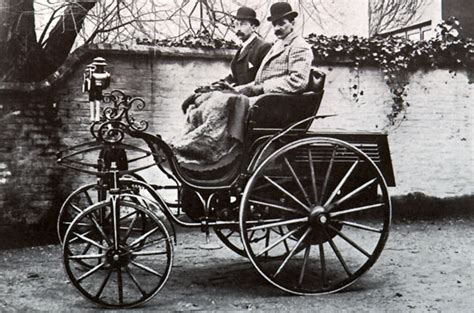The art of quipping
At least one piece of Danish literature suggests that you should find out what you are good at and then stick to that. Having compared myself to others for decades, I believe that I possess certain skills for quipping. As with any other skill, it makes sense to learn the craft from the best in town. For that reason, I have decorated this page with pictures of my main sources of inspiration.
You may notice that I have left out Albert Einstein. Besides from such references being a much worn-out trope, I believe that he has through the years become victim of large-scale misattribution and misquoting. I do not want to contribute to that.
This page, however, is dedicated to my own contributions. On LinkedIn, I have given it a shot so many times that I can no longer find my old contributions. For that reason, you will below only find some more recent ones. Too bad, for one of my most memorable quips (memorable to me, that is) belongs to a favorite category of mine: "If false authorities ask for trouble, it would be impolite not to provide it." Anyway, Boeing once in a LinkedIn post proudly announced that one of their latest prototypes had succesfully flown its maiden voyage. I then commented that we should of course all rejoice with Boeing each time one of their planes got down in one piece. For reasons unknown to me, this particular advertisement disappeared soon afterwards...
One of my specialties, however, is quipping based on science and engineering. I tend to recycle these elements incessantly:
- Statically determinate designs versus overconstrained ones
- A conscious attitude to phenomena like observation, data processing and causality (recently inspired by this book)
- A belief in Occam's razor: Any explanation should me made as simple as possible but no simpler
- A belief in the separation of concerns as a general design principle
- A keen eye on the possibility of multi-purpose design elements (contradicting item 4 above), which you may encounter on one of your lucky days
- Other ways of combining sources and ideas that would otherwise be very far from each other
Science and engineering
First of all: Hats off for this contribution and this one from Mr. Elon Musk.
Information technology
Management
Philosophy (on my own level of enlightenment)
Some of us belong to the Aspergers/autism spectrum...
It’s exactly here that we all need “Occam’s razor”.
All successful analyses lead to decisions (no
decision, no success), so all analyses should aim at
highlighting the incongruences involved in reaching
any decision at all. Complexity for complexity’s own
sake makes no point whatsoever.
Let me attempt to
illustrate with a musical example, quoting one of
the classical world’s most demanding works with
about 130 musicians involved at the peaks. Never the
less, the whole thing begins with a simple
“plink-plink-plonk”:
https://www.youtube.com/watch?v=xPXuHs3Ksow
The future of mobility
Hot air at best, death traps at worst. Only SAE Level 5 will do.

Groucho Marx (1890-1977)

George Bernard Shaw (1856-1950)

Winston S. Churchill (1874-1965)

